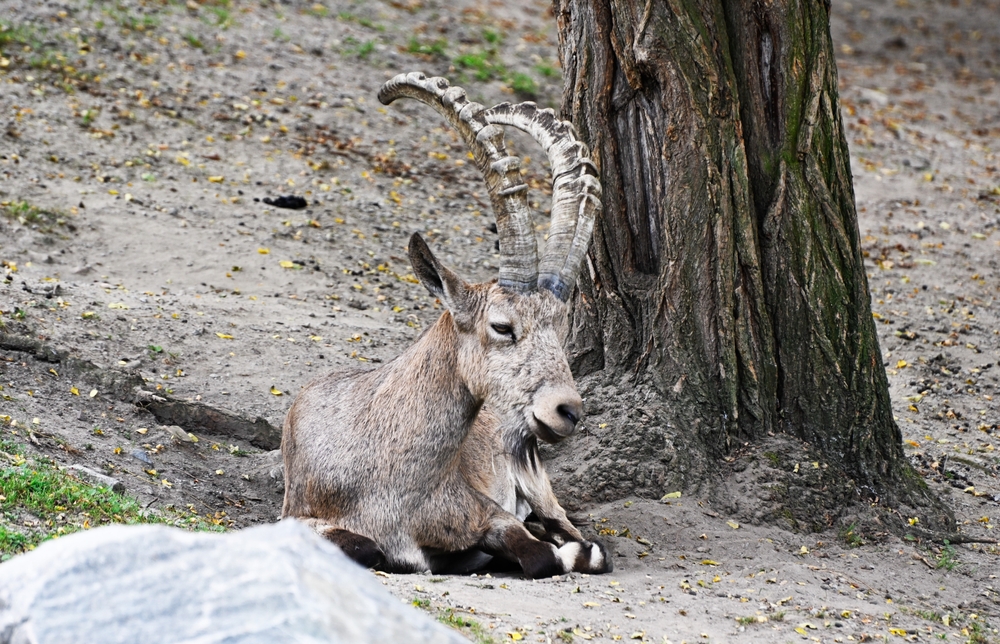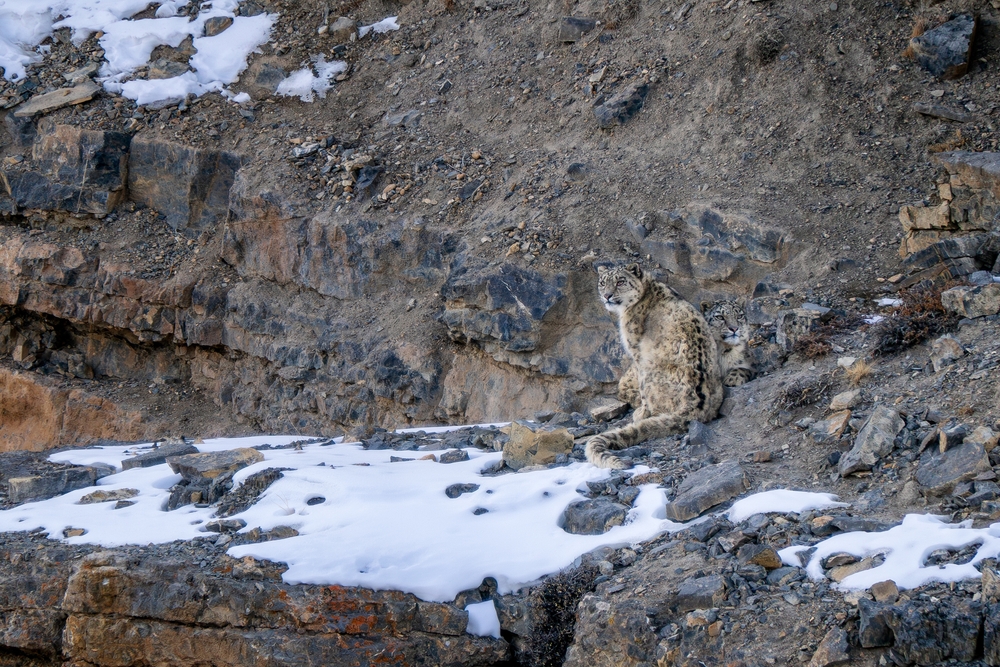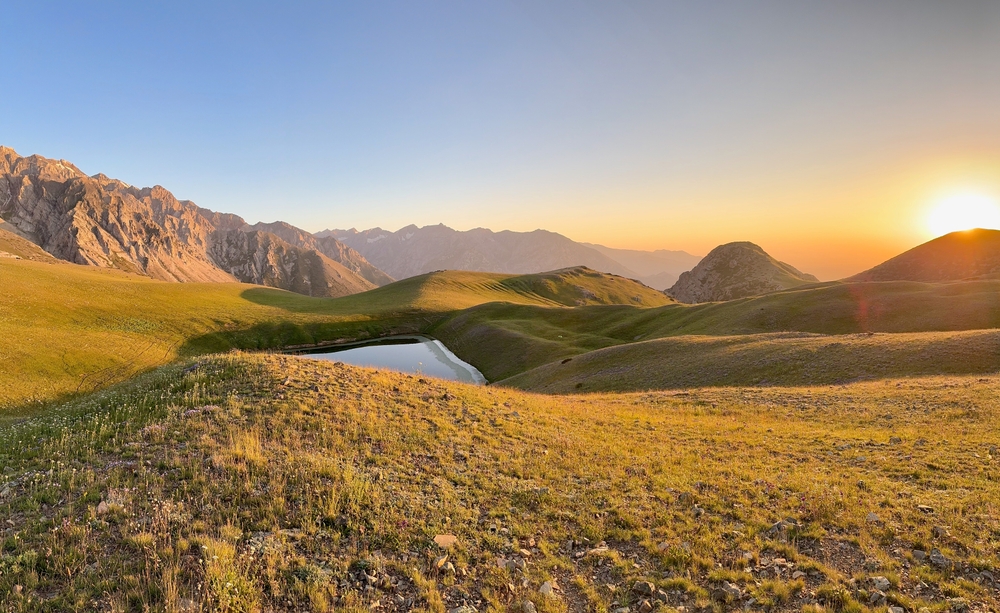Zaamin Overview
Zaamin National Park, locally known as Зомин миллий боғи, is a mountainous protected area in eastern Uzbekistan, located in the Jizzakh Region. Covering approximately 419 square miles (1,085 square kilometers), the park lies on the northern slopes of the Turkestan Range, part of the Western Tien Shan mountain system.
Officially designated in 1976, Zaamin is one of Uzbekistan’s oldest and most biologically rich national parks. Its altitude, forest cover, and varied climate zones make it an important refuge for flora and fauna, as well as a cherished natural retreat for visitors.
The terrain of Zaamin National Park includes a stunning blend of steep mountain ridges, forested valleys, and high-altitude meadows. Elevations within the park range from 5,000 to over 11,000 feet (1,500 to 3,500 meters), creating a range of habitats and microclimates.
The lower areas are characterized by open grasslands and scattered trees, while higher elevations are blanketed in dense forests of juniper, birch, and maple. Above the tree line, alpine meadows flourish with wildflowers during spring and summer, and the mountain peaks remain snowcapped for much of the year. Fast-flowing streams fed by snowmelt cut through rocky gorges, adding to the park’s dramatic landscape.
Zaamin National Park is known for its diverse wildlife, much of which is native to Central Asia’s mountainous regions. The park is home to species such as the Siberian ibex, red fox, wild boar, and grey wolf. Though elusive, snow leopards are believed to inhabit the more remote areas.
The park also supports a wide array of birdlife, with golden eagles, Eurasian kestrels, chukar partridges, and Himalayan snowcocks among the more striking species. Amphibians and reptiles are present in the wetter valleys, and the healthy insect population supports pollinators that thrive during the warmer months.
A key attraction of Zaamin National Park is its vast juniper forest, which is one of the largest remaining in Uzbekistan and central to the park’s identity. The Zaamin Sanatorium, located within the park, offers therapeutic stays that attract health tourists drawn to the region’s fresh mountain air and scenic beauty.
Other notable features include panoramic mountain viewpoints, peaceful picnic areas, and a network of natural springs. In spring and summer, the flowering meadows and tranquil forests make the park especially popular with photographers and hikers.
Visitors can explore Zaamin National Park through a variety of hiking trails, nature walks, and guided tours. Camping is permitted in designated areas, and eco-lodges and guesthouses in nearby villages offer overnight accommodations.
The park is also a favored location for educational visits and family outings, with some facilities providing nature-based activities and wellness programs tied to the area’s clean air and forest setting.
Conservation in Zaamin National Park focuses on protecting its unique juniper forests and maintaining the health of its high-altitude ecosystems. Challenges include pressures from livestock grazing, illegal wood harvesting, and the impact of increasing tourism.
However, its long-standing status as a protected area has led to successful preservation of many habitats, and ongoing support from government and conservation groups continues to strengthen management practices.
Educational programs and community involvement are being expanded to ensure a sustainable future for both wildlife and visitors.













































































